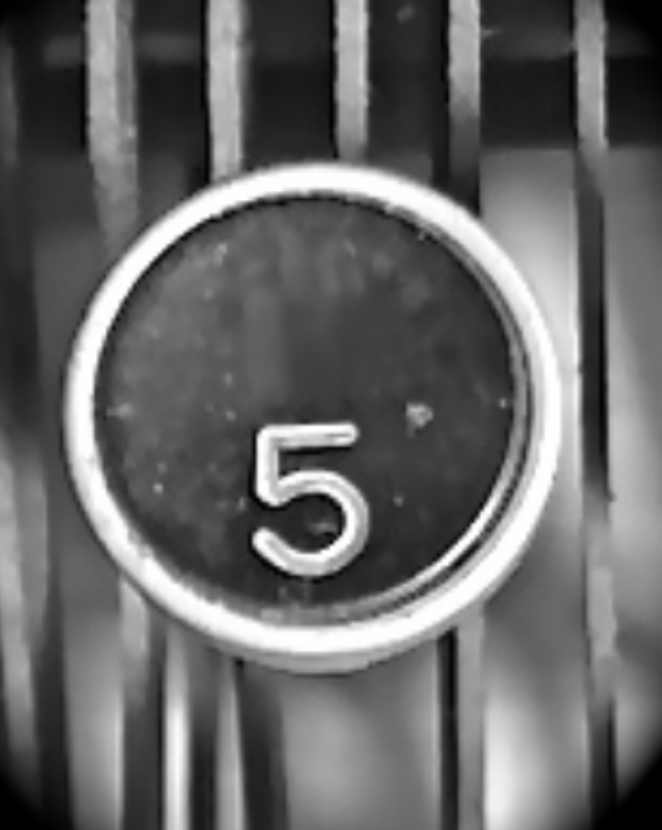5 HOT BOOKS: How the Nation Shattered in the 1960s, a Jazz Age Madam, and More
/1. The Shattering: America in the 1960s by Kevin Boyle (W. W. Norton)
Boyle’s gripping, indelible account of the ‘60s deserves a spot next to J. Anthony Lukas’ classic Common Ground, which unravels history through those who lived it. Boyle, a Northwestern University history professor and winner of the National Book Award and the Chicago Tribune Heartland Literary Prize for Arc of Justice about early 20th-century racial injustice in Detroit, fully synthesizes portraits of prominent figures into this nuanced narrative. But his special talent is his keen radar for the rising middle class, framing his inquiry with a bungalow-living Chicago couple, buying a car and a television set and expecting their first child. Magically, Boyle’s kaleidoscopic narrative focuses on that majority, destabilized by three impulses: the civil rights movement and white backlash, the Vietnam War and cultural liberalism, and the legalization of birth control, which ignited a battle between feminists and religious conservatives.
2. Madam: The Biography of Polly Adler, Icon of the Jazz Age by Debby Applegate (Doubleday)
There were other madam in Manhattan, but none had the charisma and brains that made Adler the “proprietress of Manhattan’s most renowned bordello,” writes Applegate, who won the Pulitzer Prize for The Most Famous Man in America: The Biography of Henry Ward Beecher. Her deliciously readable biography of Adler has been built on deep, wide-ranging archival research and Applegate’s instinct for revelatory details of the era. She captures the full scope of Adler’s life, from her childhood in a small Russian shtetl and her 1913 arrival alone in America, to ambitiously making her way out of a Massachusetts corset factory to Manhattan, where her “intoxicating playground” revealed the outsize role of illicit sex in business and politics. “Polly was hailed as a symbol of a decadent, long-gone era,” Applegate writes. “But she preferred to cast herself as a modern Horatio Alger heroine.”
3. The Correspondents: Six Women Writers on the Front Lines of World War II by Judith Mackrell (Doubleday)
Following up on her Flappers: Six Women of a Dangerous Generation, about independent, rebellious women of the 1920s, Mackrell takes up another half-dozen fiery women; this time they are foreign correspondents. Full of juicy details, Mackrell’s book follows a set of journalists: former Vogue photographer Lee Miller; Martha Gellhorn, married to Ernest Hemingway; former “society girl columnist” Virginia Cowles; Clare Hollingworth of the Daily Telegraph, who broke news of German forces at the Polish border; Helen Kirkpatrick, who reported from the London Blitz for the Chicago Daily News; and the Chicago Tribune’s Sigrid Schultz, who hid her Jewish identity and made Herman Göring a source. “In the reports they filed,” Mackrell writes, “they were also writing a version of history that was theirs, a version that was shaped by the realities of being a woman, and was inflected by a female voice.”
4. The Uninnocent: Notes on Violence and Mercy by Katharine Blake (Farrar, Straus and Giroux)
Blake’s cousin Scott was a rising junior in high school who had a psychiatric break, killed a 9-year-old boy, and was sentenced to life in prison without parole. In her bracing, beautiful memoir, Blake explores the limits of the legal system in providing justice, fairness, or solace. In law school at the time, she grieved and sought to understand the dynamics of her extended family as well as her own career trajectory, including teaching at San Quentin prison. Blake engages with writers like Maggie Nelson and Lauren Groff on “inherited trauma as a ‘silent wind,’” as she grapples with questions of justice, especially involving juvenile offenders in prison for life without parole. Blake’s discursive style and inquisitive mind propel this taut, shapely, moving narrative.
5. The Island of Missing Trees by Elif Shafak (Bloomsbury)
In her marvelous work of imagination, Shafak tells the traumatic story of the Cypriot Civil War and how it has shaped generations. She focuses on Ada, a 16-year-old high school student in London, daughter of a Greek Orthodox father and a deceased Turkish Muslim mother, who is determined to learn of the secrets of her past which Shafak artfully makes clear. Much of the genius of this novel is that as it segues between Ada’s time and a quarter-century before when her parents hid their romance, meeting at a taverna with a fig tree at its center. Before the impending war forced Ada’s father was forced to leave Cyprus, he broke off a shoot from the tree. He later planted it in the family’s London yard, where it flourished into a tree and becomes a narrator of the story, relating the wisdom on the human condition and conveying a sense of how the natural world was also damaged by the world’s conflict and stress.










